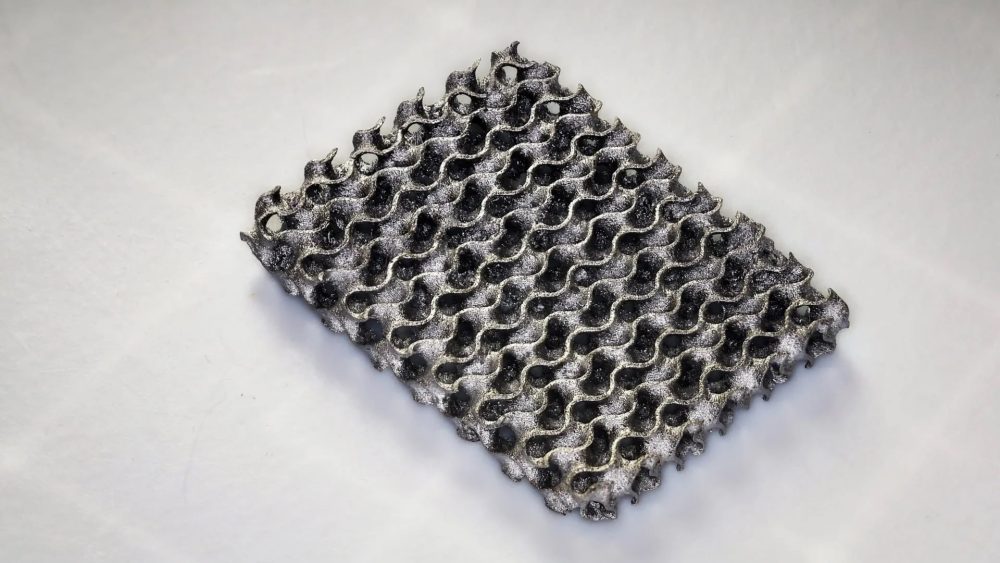Researchers at EPFL (École Polytechnique Fédérale de Lausanne) have developed a novel 3D printing technique that “grows” metal and ceramic structures within hydrogel scaffolds, yielding materials that are significantly stronger and less prone to warping than those produced by conventional methods.
This innovative process represents a paradigm shift in additive manufacturing, in which the material choice occurs after the initial structure is printed rather than before.
The Challenge with Current Methods
Traditional vat photopolymerization 3D printing uses light to solidify a liquid resin. While this method can create complex shapes, its materials are limited to polymers. Previous attempts to convert these polymer structures into metals have often yielded porous, weak materials that shrink and warp significantly during the process.
The New “Growth” Technique
The EPFL team, led by Professor Daryl Yee, solved this by separating the shaping process from the material infusion:
- Print a “Blank”: A 3D structure is first printed using a simple, water-based hydrogel.
- Infuse with Metal: This hydrogel framework is then soaked in a solution containing metal salts. These salts chemically transform into nanoparticles that spread throughout the gel’s structure.
- Repeat and Strengthen: This infusion process is repeated 5-10 times, dramatically increasing the metal content within the structure.
- Remove the Template: The hydrogel is removed by heating, leaving a pure, dense metal or ceramic object that retains the original printed shape.
Because the hydrogel itself contains no metal, the same printed “blank” can be used to create objects from different metals, ceramics, or composites.
Superior Strength and Precision
The results are substantial. Test structures, such as intricate metal gyroids, withstood 20 times more pressure than those made with previous conversion methods. Furthermore, the new technique reduces shrinkage to just 20%, compared to 60-90% with older approaches, thereby minimizing warping and improving final precision.
“Our work not only enables the fabrication of high-quality metals and ceramics with an accessible, low-cost 3D printing process; it also highlights a new paradigm in additive manufacturing,” said Professor Yee.
Future Applications and Developments
This method is up-and-coming for creating complex, high-performance components that need to be both strong and lightweight. Potential applications include:
- Advanced sensors and biomedical devices
- Components for energy conversion and storage systems
- High-efficiency metal catalysts
The team is now focused on industrial adoption, working to increase material density further and automate the process with robotics to reduce total production time. This breakthrough demonstrates a powerful new pathway for manufacturing complex metal and ceramic parts with unprecedented strength and dimensional accuracy.


